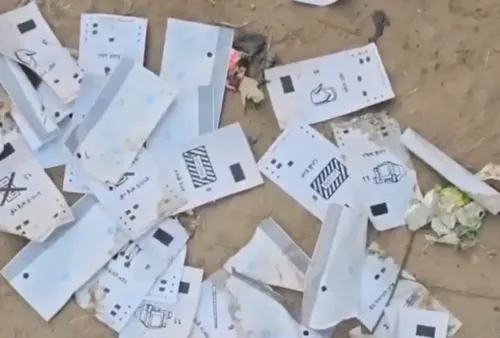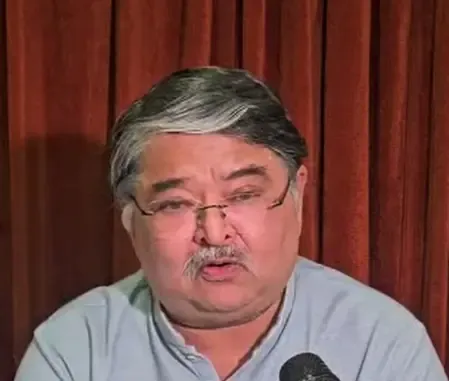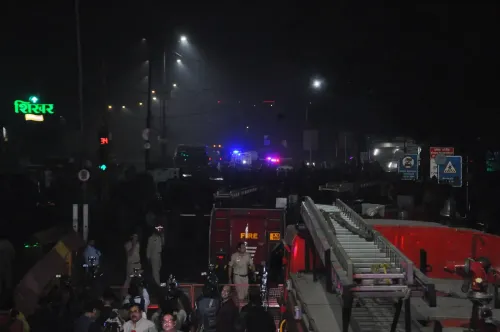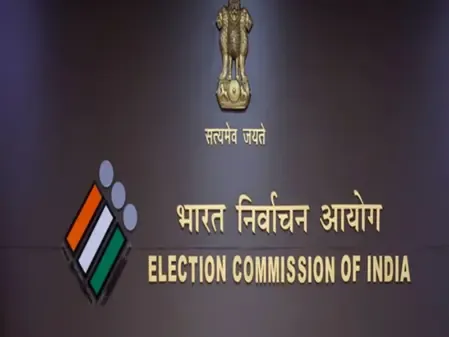How Will Tripura’s Rukhia Power Plant Boost Capacity by 120 MW?
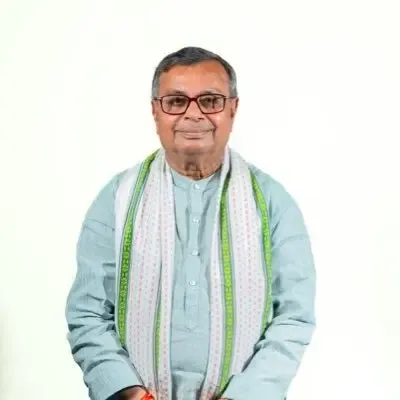
Synopsis
Key Takeaways
- Tripura's Rukhia Power Plant will increase its capacity by 120 MW through CCGT technology.
- The project aims to ensure continuous power supply despite a gas shortage.
- Estimated project cost is Rs 1,119 crore.
- Tripura is positioning itself as an energy supplier to Nepal and Bangladesh.
- Adoption of modern technology is crucial for energy sustainability.
Agartala, Nov 11 (NationPress) In a significant effort to enhance power generation during a natural gas deficit, the Tripura government is set to implement Combined Cycle Gas Turbine (CCGT) technology at the Rukhia Power Plant located in Sepahijala district, thereby augmenting its generation capacity by 120 megawatts (MW).
Power Minister Ratan Lal Nath announced on Monday that the ceremonial laying of the foundation stone and Bhumi Pujan for this initiative will take place on November 26.
Nath, also overseeing the Agriculture portfolio, mentioned that despite the prevailing gas crisis, the Tripura State Electricity Corporation Limited (TSECL) has taken proactive steps to guarantee a consistent power supply to consumers by adopting advanced and efficient technologies at the Rukhia thermal power plant.
“In the fiscal year 2017-18, the Rukhia Power Plant had an actual installed capacity of 63 MW, yet only 40 MW was produced. This output level persisted into 2018-19. In 2019-20, despite the gas shortage, we successfully generated 56 MW of power. However, the plant was shut down in 2022-23 due to pending environmental approvals,” Nath explained.
He added that he personally addressed the issue with central ministers and officials to secure the necessary clearances.
Pointing out the advantages of the new technology, Nath remarked, “With the Combined Cycle Gas Turbine system, we will generate 120 MW of power utilizing the same amount of gas. Although gas prices remain elevated globally, this technology will guarantee enhanced efficiency.”
The project is projected to cost approximately Rs 1,119 crore (excluding GST). The minister also emphasized that as natural gas is a diminishing resource, the state government is concurrently promoting solar energy to broaden its energy portfolio.
As one of the electricity-surplus states in the Northeast, Tripura is eager to supply power to Nepal.
Power Minister Nath previously indicated that plans are in place to export power from Tripura to Nepal, with a recent meeting in New Delhi leading to a decision by the Central government.
Although Tripura does not share a border with Nepal, the Himalayan nation connects with five Indian states—Sikkim, West Bengal, Bihar, Uttar Pradesh, and Uttarakhand—along a 1,751 km-long border.
Currently, Tripura shares an 856 km border with Bangladesh and is supplying over 100 MW of electricity to the neighboring nation.
Since March 2016, Tripura has been providing 100 MW of power to Bangladesh from the state-owned ONGC Tripura Power Company (OTPC) power plant located in Gomati district, with supply occasionally reaching up to 160 MW, as reported by a Tripura State Electricity Corporation Limited (TSECL) official.

